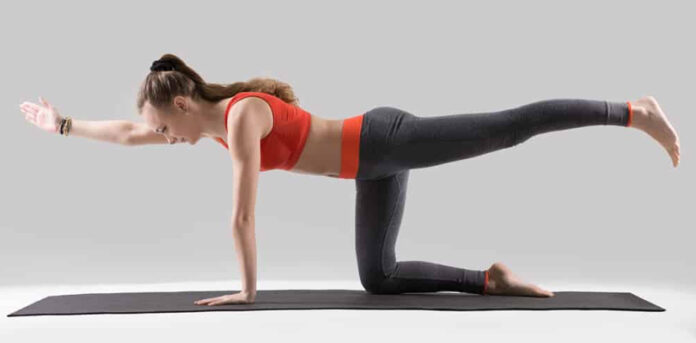In today’s world, where screens and sedentary lifestyles dominate, incorporating posture exercises into fitness routines is more important than ever. Poor posture can have detrimental effects, causing musculoskeletal issues and decreased energy levels. Therefore, it’s essential to make intentional efforts to promote spinal health. Whether you spend long hours hunched over a desk, constantly staring at your smartphone, or simply dealing with the physical demands of daily life, incorporating posture exercises into your routine can make a significant difference.
Benefits Of Posture Exercises
Engaging in posture exercises can offer numerous benefits beyond simply improving your body’s alignment. Here are some key advantages:
1. Muscle Strengthening: Posture exercises target various muscle groups, including the core, neck, shoulders, and back. Strengthening these muscles helps to provide better support to the spine, reducing the likelihood of slouching and promoting an upright posture.
2. Pain Relief: Consistent posture exercises can alleviate or prevent the development of chronic pain, particularly in the neck, shoulders, and lower back. These exercises contribute to better spinal alignment and reduce tension by strengthening and stretching muscles.
3. Improved Breathing: Proper posture facilitates optimal lung function and respiratory efficiency. Maintaining an open chest and aligned spine allows for unrestricted airflow, enhancing oxygen intake and overall respiratory health.
4. Enhanced Energy Levels: Slouching or poor posture can contribute to feelings of fatigue and decreased energy. Correcting your posture through exercises helps reduce muscle strain and tension, promoting a more energized and alert state.
5. Increased Confidence: Good posture not only influences physical well-being but also plays a role in psychological aspects. Standing tall and maintaining proper alignment can boost confidence and positively impact how you present yourself to others.
6. Prevention of Postural Deformities: Consistent posture exercises can prevent the development of postural deformities, such as kyphosis (rounded upper back) or lordosis (exaggerated lower back curve). These exercises promote spinal health and reduce the risk of long-term structural issues.
7. Enhanced Digestion: Proper posture supports healthy organ function, including digestion. By maintaining an upright posture, you facilitate the natural movement of organs in the abdominal cavity, aiding in digestion and preventing issues like acid reflux.
8. Joint Health: Posture exercises often involve gentle stretching and movement, which contribute to joint flexibility and reduce the risk of stiffness. This can be particularly beneficial for individuals with sedentary lifestyles or those prone to joint problems.
7 Best Posture Exercises For Everyone
Below are some exercises that can help improve your posture:
Plank
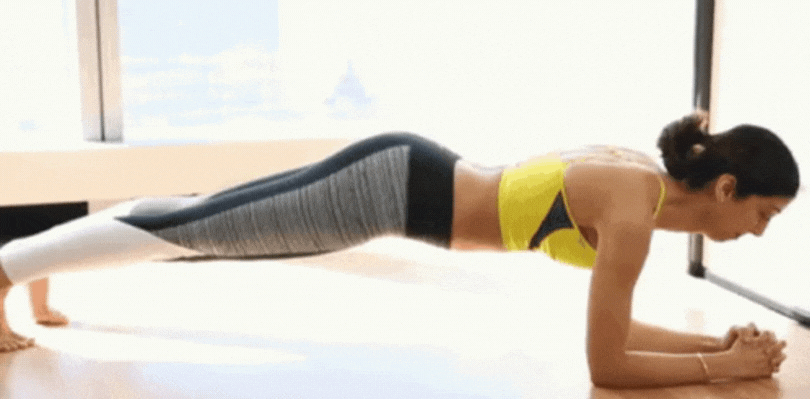
How to do it: Assume a push-up position with your arms straight and shoulder-width apart. Keep your body in a straight line from head to heels, engaging your core muscles. Hold the position for as long as possible while maintaining proper form.
Benefits: Planks strengthen the core, shoulders, and back, promoting spinal stability and a straight posture. This exercise also engages multiple muscle groups, contributing to overall body strength.
Shoulder Blade Squeezes
How to do it: Sit or stand with your shoulders relaxed. Squeeze your shoulder blades together, pulling them toward your spine. Hold the squeeze for a few seconds, then release.
Benefits: Shoulder blade squeezes target the muscles between the shoulder blades, helping to counteract forward slouching. This exercise promotes improved posture by strengthening the upper back.
Cat-Cow Stretch
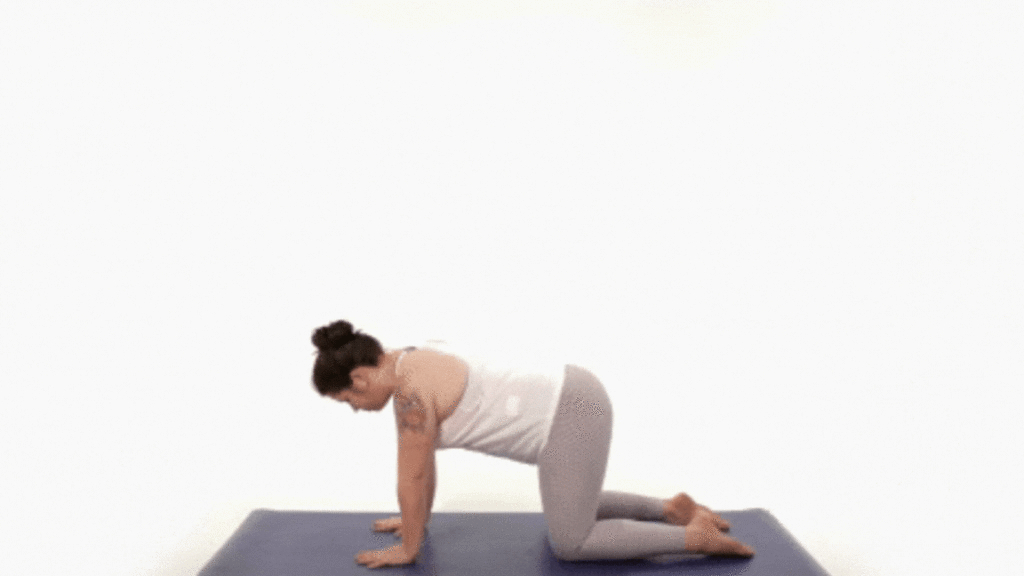
How to do it: Start on your hands and knees in a tabletop position. Inhale as you arch your back, dropping your belly and lifting your head (Cow). Exhale as you round your back, tucking your chin to your chest (Cat). Repeat in a flowing, dynamic motion.
Benefits: The Cat-Cow stretch promotes spinal flexibility and relieves tension in the back. It encourages a full range of motion in the spine, contributing to improved posture.
Wall Angels

How to do it: Stand with your back against a flat surface, such as a wall. Position your arms at shoulder height and press them against the wall. Slowly slide your arms up and down while maintaining contact with the wall.
Benefits: Wall angels strengthen the muscles around the shoulders and upper back, fostering an open chest and better upper body posture. This exercise helps counteract the effects of slouching.
Hip Flexor Stretch
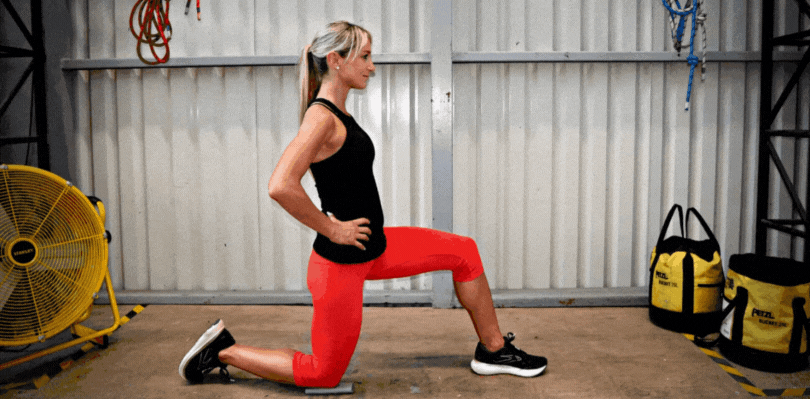
How to do it: Start in a lunge position with one foot forward and the other foot extended back. Lower your hips toward the ground, feeling a stretch in the front of the hip. Hold the stretch for 15-30 seconds on each side.
Benefits: The hip flexor stretch alleviates tightness in the hips, often caused by prolonged sitting. It contributes to better pelvic alignment and reduced strain on the lower back.
Thoracic Extension Exercises
How to do it: Sit or stand with your hands behind your head. Gently arch backward, focusing on extending the upper back. Hold for a few seconds and return to the starting position.
Benefits: Thoracic extension exercises target the upper back, countering the forward curvature associated with poor posture. This promotes an upright and open chest posture.
Child’s Pose
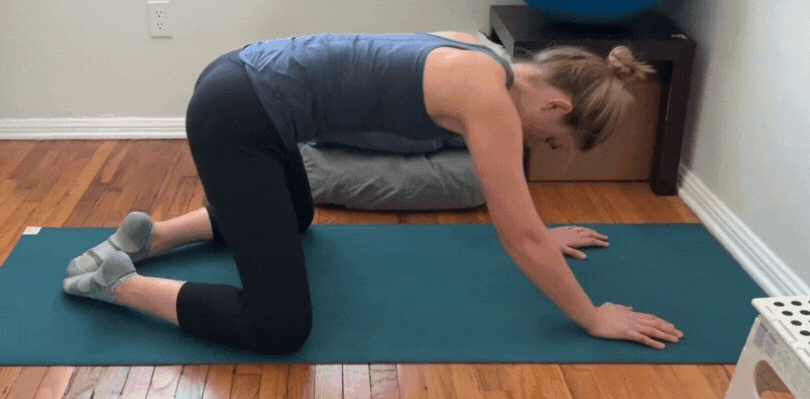
How to do it: Begin in a kneeling position, then sit back on your heels and extend your arms forward on the floor. Lower your chest toward the ground, reaching as far as comfortable.
Benefits: Child’s Pose is a relaxing stretch that releases tension in the back, neck, and shoulders. It encourages a natural curve in the spine, promoting flexibility and contributing to improved overall posture.
FAQs
Why is good posture important?
Good posture is crucial for maintaining the natural alignment of the spine and reducing stress on muscles and joints. It contributes to overall physical well-being, preventing musculoskeletal issues, enhancing breathing, and even positively influencing confidence and energy levels.
How often should I perform posture exercises?
Ideally, incorporate posture exercises into your routine at least 2-3 times a week. Consistency is key, and daily mindfulness about your posture, especially if you have a sedentary lifestyle, can further reinforce the benefits of these exercises.
Can anyone do these exercises, or are they only for individuals with posture issues?
Posture exercises are beneficial for everyone, regardless of whether you currently experience posture-related concerns. They can serve both as preventive measures and as corrective actions for those already dealing with poor posture. However, individuals with specific health concerns or injuries should consult with a healthcare professional before starting a new exercise regimen.

